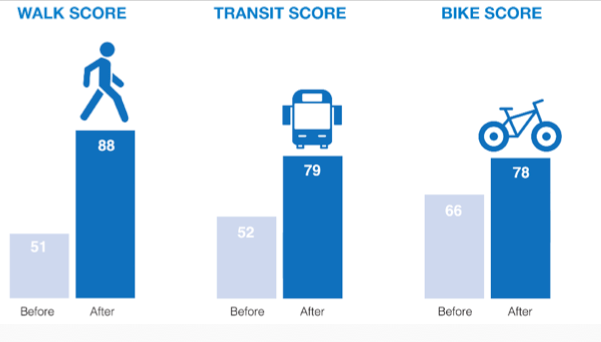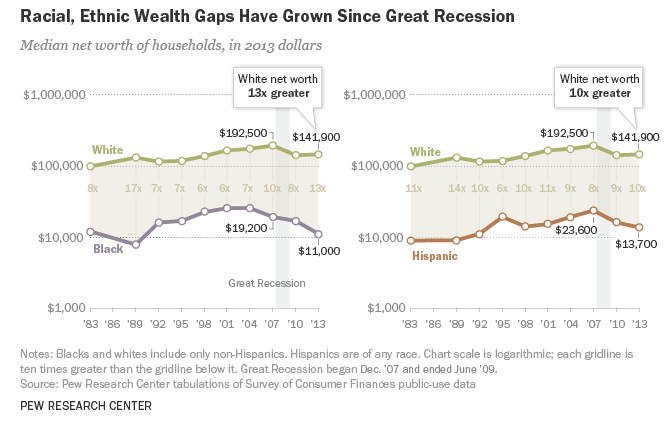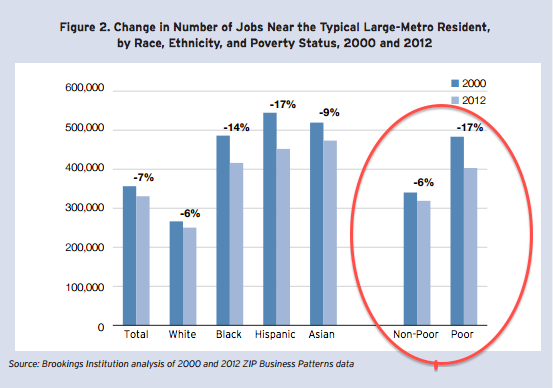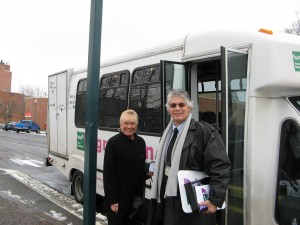Without a good transportation network, employees can’t work, employers can’t employ
A core function of our transportation network is to give everyone access to economic opportunity by making sure they’re easily connected to jobs. T4America director James Corless is participating in a policy roundtable later this week discussing the challenge for employers and employees alike, how some companies are responding, and how we can do better.
For those of you who live near Boston, register to join James and other experts for the related policy breakfast we’re cosponsoring this Thursday, November 19th in Foxborough, Massachusetts, entitled “How Top Employers are Getting People to Work.” The roundtable will feature speakers discussing what top employers including Lyft and Google are doing and how we can all build a system that provides more opportunity to a greater range of people. T4America is cosponsoring the event with Transportation for Massachusetts, MassCommute, 495/MetroWest Partnership and the Neponset Valley TMA.
Role of transportation
Even though we may take ten or more other trips per day, our trip to and from work is the defining one — the trip that largely determines our economic prospects.
Many communities are struggling to attract and retain talented workers. Many American workers often face grueling or expensive commutes to get to jobs. And too many others lack reasonable, affordable access to jobs, cutting them off from economic opportunity.
An efficient and complete transportation network means businesses can recruit from every corner of their region, and lure new talent to town. It ensures workers of all wage levels can reach their jobs with the lowest possible cost and stress, improving retention for employers. A smarter, 21st century approach to transportation can help expand the earning potential of individuals, boosting the bottom line for business, and strengthening the economic power of regions.
By making smart decisions to better connect employees and employers, we can make our businesses more productive and competitive in today’s global economy while reducing the stark income inequality and racial wealth disparity that exists today.
Locating near transit options is a smart, competitive bet
Businesses are increasingly moving away from the old model of locating in a suburban office park that is only accessible by driving alone. One reason they’re doing this is because their employees — or the employees they desperately want to attract — want to work in places that are accessible via multiple modes of transportation. Because millennials are now the largest generation in the workforce, employers have to pay attention to their preferences to remain competitive in the global economy. And they do indeed have different preferences than preceding generations.
Millennials overall express far more interest in living and working in communities with more transit choices in a recent survey we conducted in conjunction with the Rockefeller Foundation:
- 4 in 5 millennials want to live where they have a variety of options to get to jobs, school or daily needs
- 3 in 4 millennials say it is likely they will live in a place where they don’t need a car
- 66% of millennials say that access to high quality public transportation is one of the top three criteria for deciding where to live next.
Not surprisingly then, when corporations re-locate these days, many are choosing locations that are easily accessible through multiple forms of transit to attract a new generation of workers. State Farm is consolidating multiple offices into new, expanded hubs in three cities, and all three have one common denominator: they’re all incredibly close to quality rail transit service.
Smart Growth America chronicled this phenomenon in their Core Values report that looked at 500 companies that have relocated to downtown locations over the last few years, and how access to transit and other transportation options were a deciding factor.

The change in walk, transit and bike scores before and after the 500 companies relocated in the Smart Growth America Core Values report
Increase in inequality
One of the challenges facing public policymakers is the stark increase in inequality that has occurred over the past 40 years in American society. People and families at the top end of the income scale have seen an increase in their earnings while the middle class and people living in poverty have seen their incomes stagnate or even decline since 1979.
Unfortunately, this growing wealth gap also has stark racial dimensions as well. White families have ten times the household wealth as Hispanics and 13x the wealth of African Americans and this wealth gap has not diminished over the last 30 years and, since the Great Recession, the gap has actually increased.

Pew Research Center (2014, 12/12), From http://www.pewresearch.org/fact-tank/2014/12/12/racial-wealth-gaps-great-recession/
Declining numbers of reachable jobs for many residents
One of the main contributors to the widening income inequality gap has been a decline over the past decade in the ability for workers, especially poor workers, to reach jobs near where they live. Fewer jobs within a realistic commuting distance equals less chance at economic opportunity and less upward mobility for lower-income residents. That comes with unseen costs that we all have to pay indirectly, whether we realize it or not.

Brookings Institute, (2015, March 24th). From: http://www.brookings.edu/~/media/research/files/reports/2015/03/24-job-proximity/srvy_jobsproximity.pdf
How can we change the status quo?
Transportation for America has been pushing for two policy solutions in the surface transportation reauthorization bill Congress is currently considering.
- Allow local communities to apply for grants for targeted transportation services and connections to job centers, particularly those with a concentration of low-wage workers; and
- Provide the technical assistance and tools to encourage local communities, companies and employees to work together to craft a compelling and helpful suite of commuter benefits, incentives, and options that not only gets employees to jobs, but also helps relieve over-burdened transportation networks and supports the economy.
In addition, communities and businesses should adopt and encourage new (and emerging) methods for employees to get to work, such as new public transit links, employer shuttles, safer bicycle and pedestrian pathways, or car-sharing options.
The good news is that many communities are already making progress on this front. We profiled eight places that are doing innovative things to give more people greater access to economic opportunity:
 Improving health and access to opportunity
Improving health and access to opportunity
Whether voting to expand transit service to underserved communities or selecting transportation projects partially based on the health benefits they could bring, innovative leaders in the public and private sectors are finding new ways to utilize transportation dollars to improve the health of their residents and give them access to greater opportunities — bringing tangible economic benefits to their communities along the way.
It’s critical that we continue making progress toward providing everyone who wants to work with ample transportation options to choose from that can get them to a good range of well-paying jobs. It’s foundational to prospering regional economies.
For those of you near Boston, please join James this Thursday on 11/19 by registering here.



















